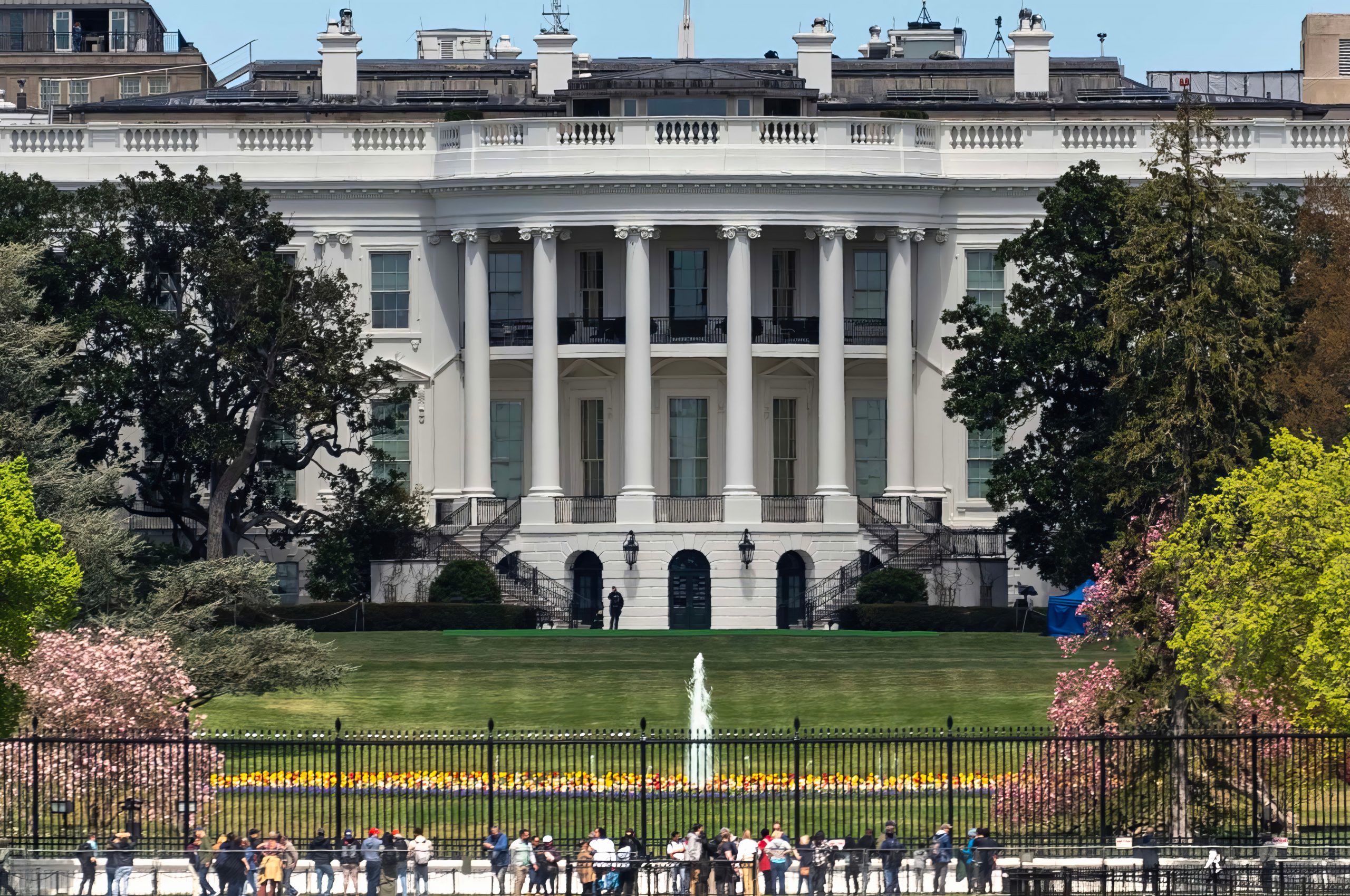Τhere are not many issues on which both Democratic and Republican officials find common ground in contemporary US politics. However, the emergence of a new “Axis of Evil” constitutes a topic of bipartisan concern. This confederacy, an informal pact—comprising China, Russia, Iran, and North Korea—has been aptly dubbed the “Quartet of Chaos” by The Economist. These nations coordinate across military, diplomatic, and rhetorical fronts, exchanging supplies, technology, and expertise. Yet, their most significant commonality lies in a shared objective: to diminish the influence of the United States. They actively exploit vulnerabilities within the established international order to pursue this goal.
Three (plus one) critical regions stand at the forefront of geopolitical turbulence, where revisionist forces vigorously challenge the established international order. First, the Middle East is a region fraught with escalating tensions that threaten to spiral out of control. There is also Europe, where efforts to undermine the prevailing stability are pursued with relentless determination. Then Asia presents a complex and perilous dynamic where competing ambitions and rivalries heighten the risk of conflict. But there’s another…The Arctic amplifies the impact of geopolitical decisions made elsewhere—a reality underscored not just by the war in Ukraine. It should be viewed as a final terrestrial frontier.
For decades, Washington has enjoyed command of the oceans. Of course, control over sea routes, airwaves and cyberspace is essential for the functioning of a modern economy. Crucially, one must consider that set dominance relies on access to shared international spaces and corridors lying beyond or on the fringes of national jurisdictions. The Arctic, Strait of Malacca and the Red and East China Sea come to mind. Furthermore, the invasion of Ukraine has reshaped the political landscape within NATO, leading to the formal inclusion of Sweden and Finland. Of the eight nations with territory inside the Arctic Circle, seven are now NATO allies, with three being members of the European Union. This alignment ensures the Arctic will assume a more prominent role in the alliance’s strategic considerations, regardless of future electoral outcomes or evolving positions within NATO.
At the heart of this informal pact stands China, though reluctant to openly acknowledge or be perceived as occupying such a central role. It is North Korea’s primary trade partner and ally. It has forged a “comprehensive strategic partnership” with Iran, effectively sustaining the country despite international sanctions. Additionally, Russia pivots towards Asia to offset the loss of Western markets. China’s goods roughly account for 38% of all Russian imports. Bearing in mind Chinese, Iranian and North Korean involvement in Ukraine, Moscow and Beijing in coordination seek to defy the West deep in the Arctic. The Wall Street Journal reports “The Svalbard archipelago has become a critical steppingstone for projecting power across one of the world’s most sensitive regions”. China has held observer status on the Arctic Council since May 2013, and it was in its 2018 White Paper on Arctic policy that Beijing first proclaimed itself a “Near-Arctic State”—a striking assertion, given that Beijing’s geographical latitude is around the same as that of Venice
Yet notwithstanding close ties with Moscow, Tehran and Pyongyang, Beijing is careful not to appear as the leader of this coalition. Although its involvement in critical actions of the other parties is evident, it simultaneously avoids formal defence treaties and -at times- acts against their interests. Indeed, China aspires to supplant the United States as the preeminent global power, but it does not seek to dismantle a system that underpins its economic growth. Unlike its partners, who thrive on instability and have little to lose from chaos, Beijing relies heavily on trade and global interdependence. This creates a paradox: China’s support for Russia, Iran, and North Korea signals a willingness to unsettle the existing world order but not necessarily to upend it. For these regimes, disorder presents opportunities, whereas for China, stability—albeit on its own terms—remains essential.
The policies of this trio—marked by antagonism toward powerful neighbours, including Gulf states, leading military and economic powers within the EU, and key Asian actors that rival hegemonic ambitions—are not strategies China wishes to emulate. Beijing appears cautious not to alienate these influential players. Thus, its relationship with this “Axis” is characterised by a delicate balance: close enough to enable coordination, yet distant enough to avoid being held accountable for the group’s actions.
Across the pond, in a blink of an eye away from an era-defying election process, the last time the United States confronted a coalition of adversarial powers was during the Cold War. Back then, it skilfully drove wedges within the Communist bloc. In today’s Washington, where global dynamics are often viewed in stark, binary terms, one must question whether there remains a certain diplomatic finesse and strategic acumen to execute such a nuanced approach.
Dimitris Kollias is a Junior Research Fellow – Programme Manager, ELIAMEP



